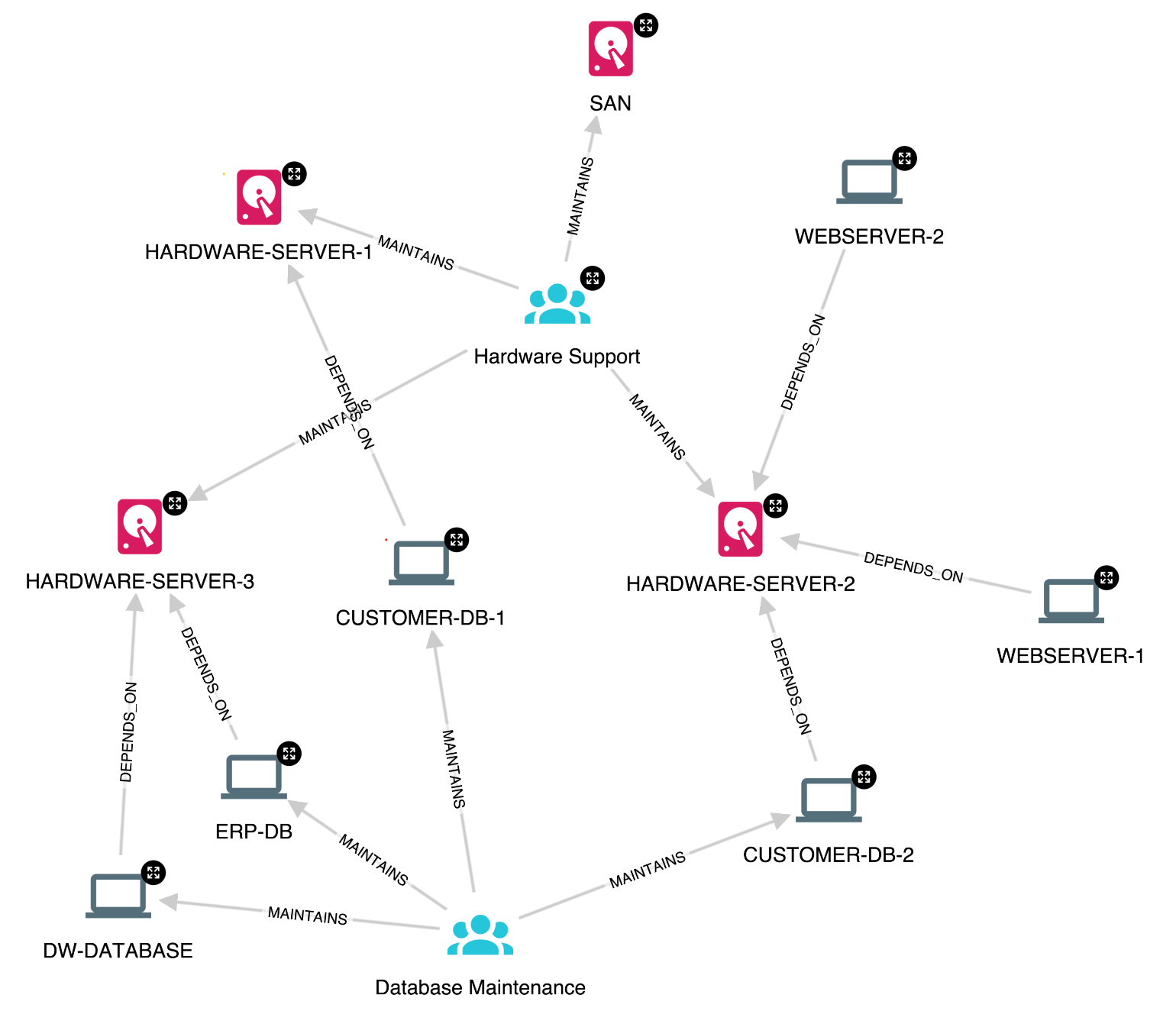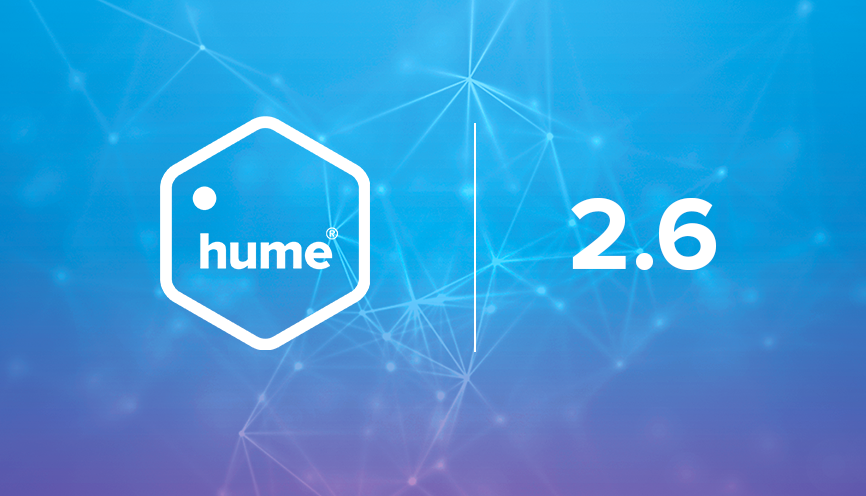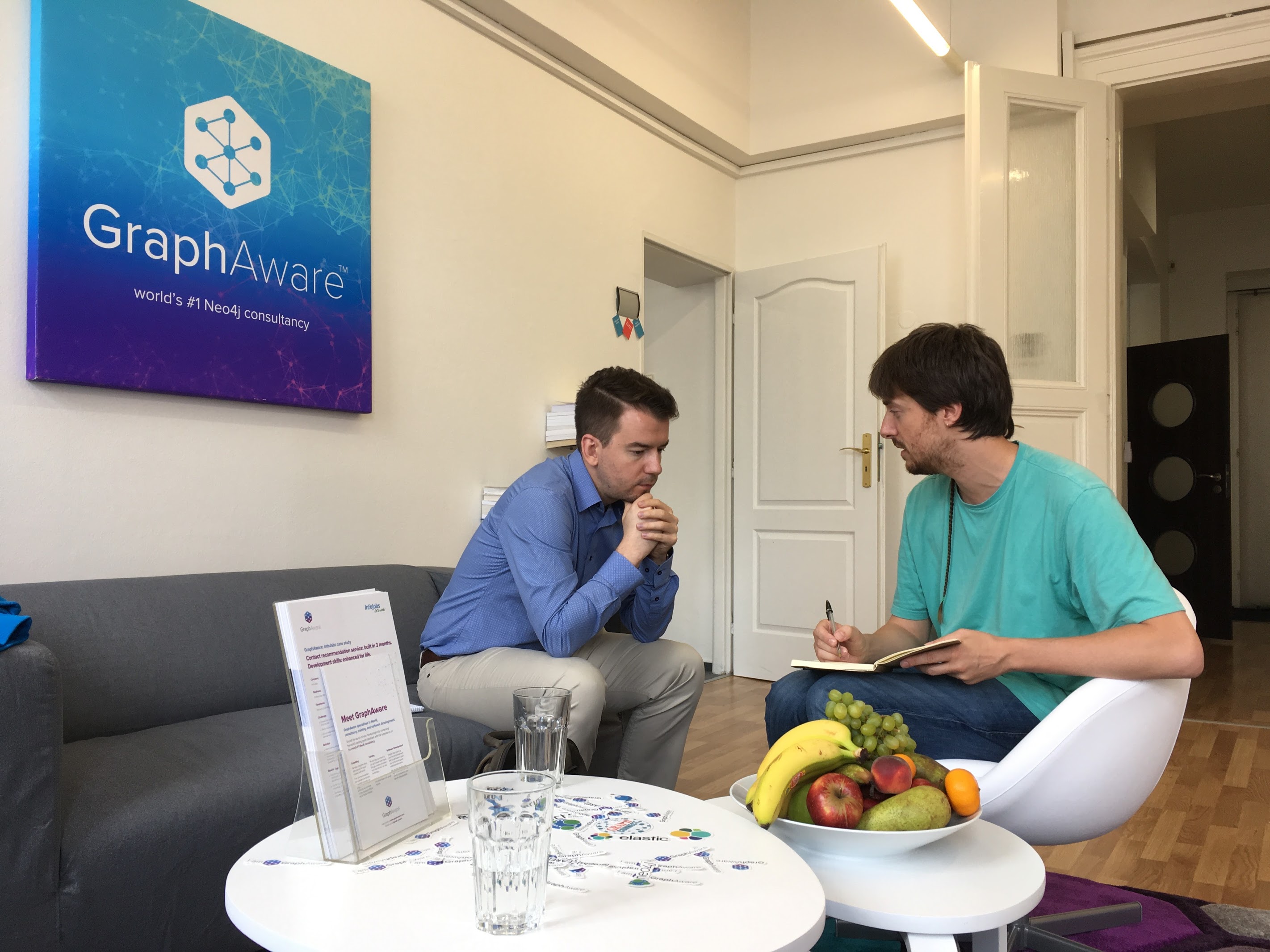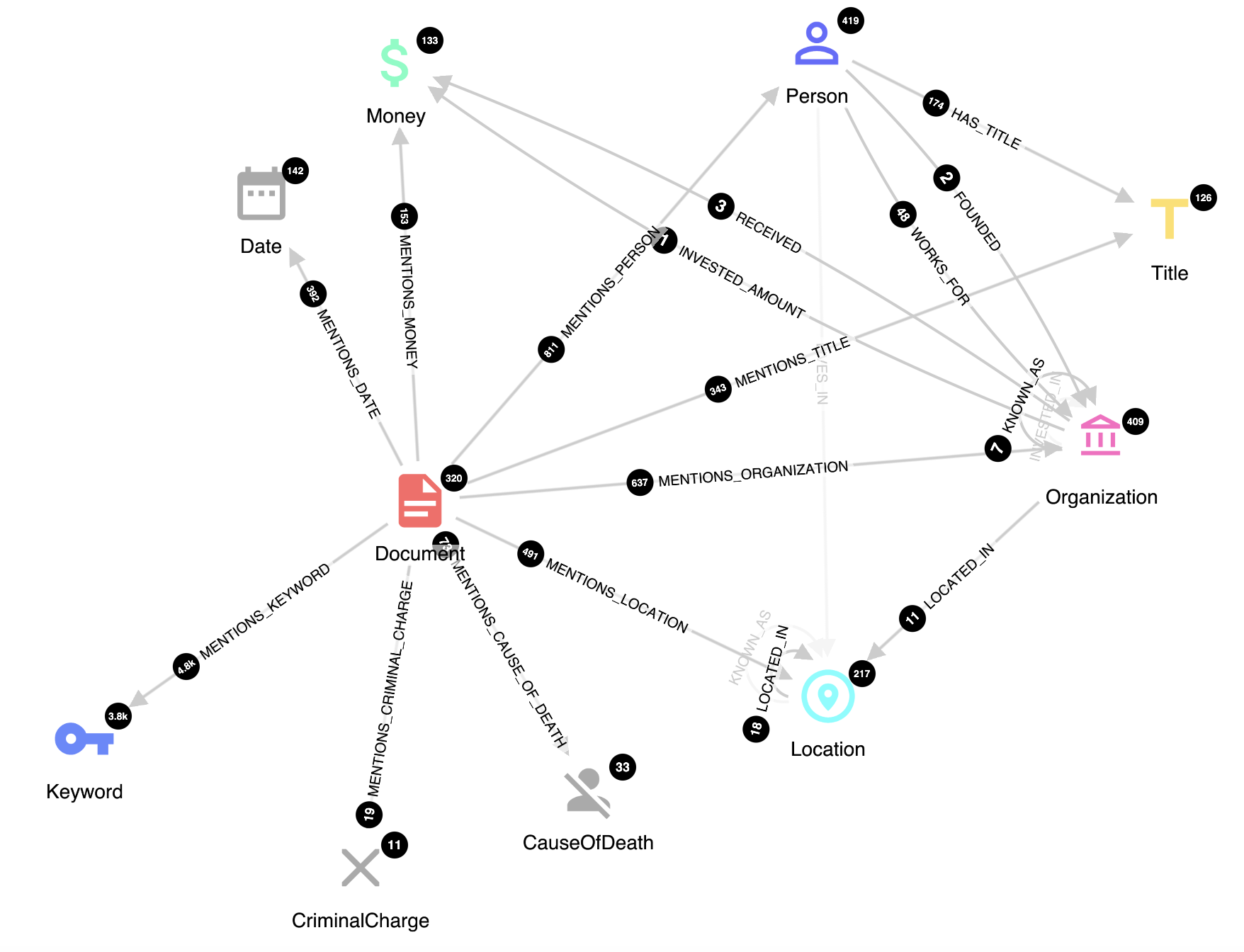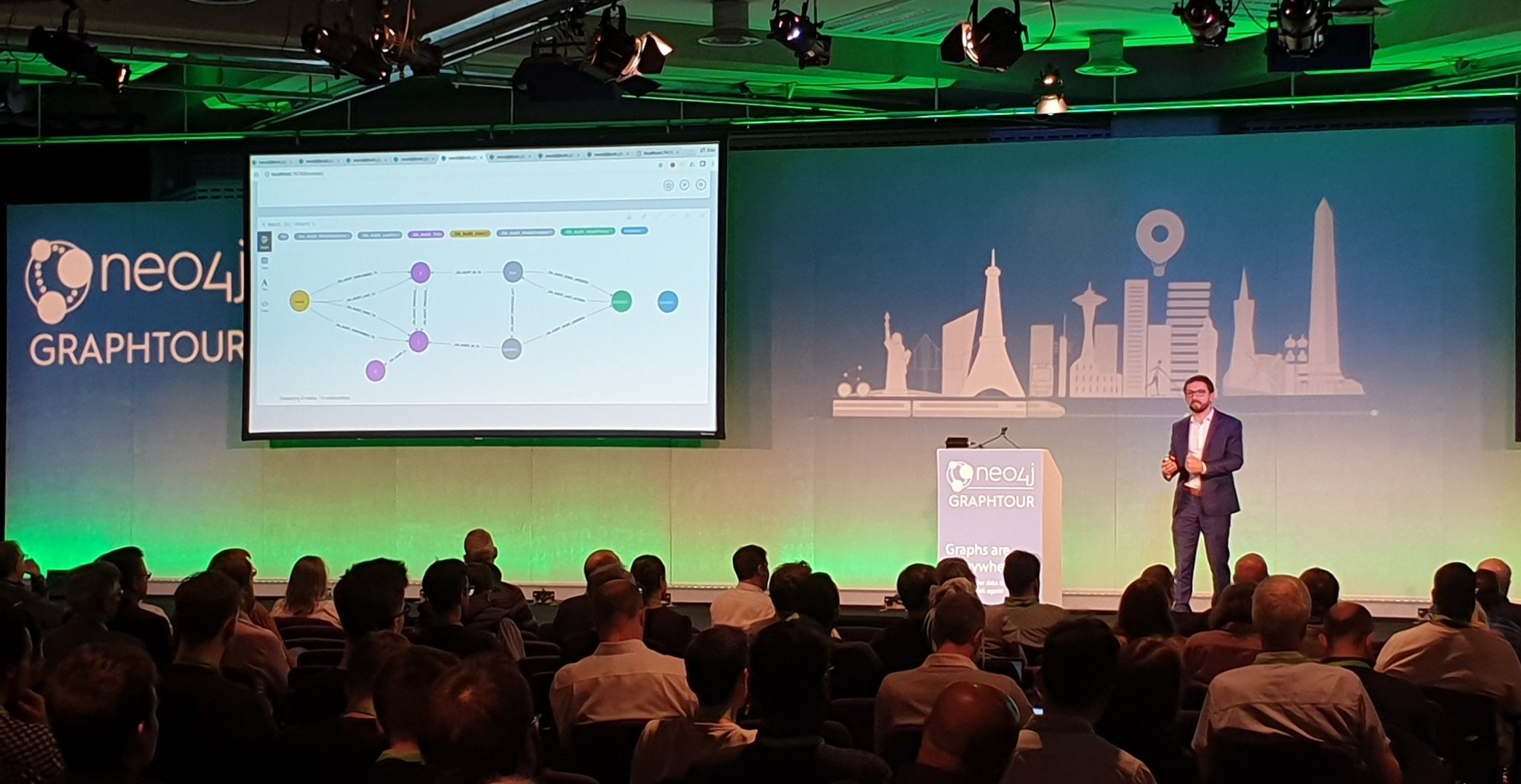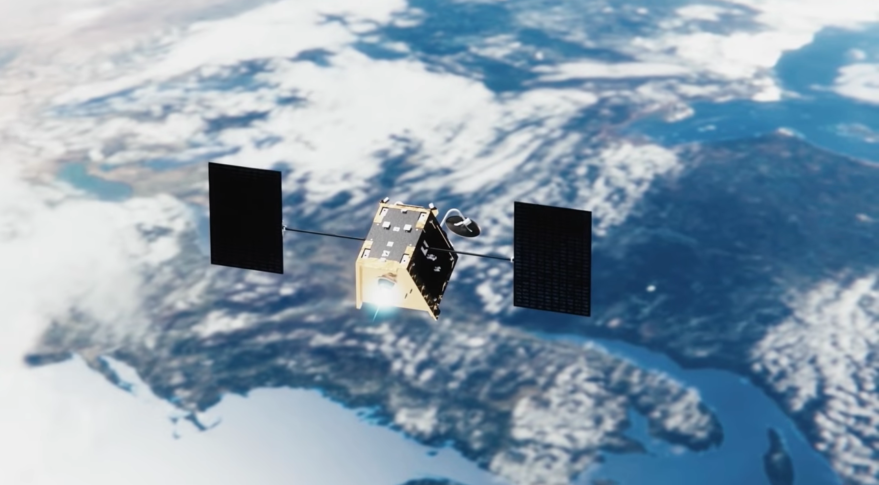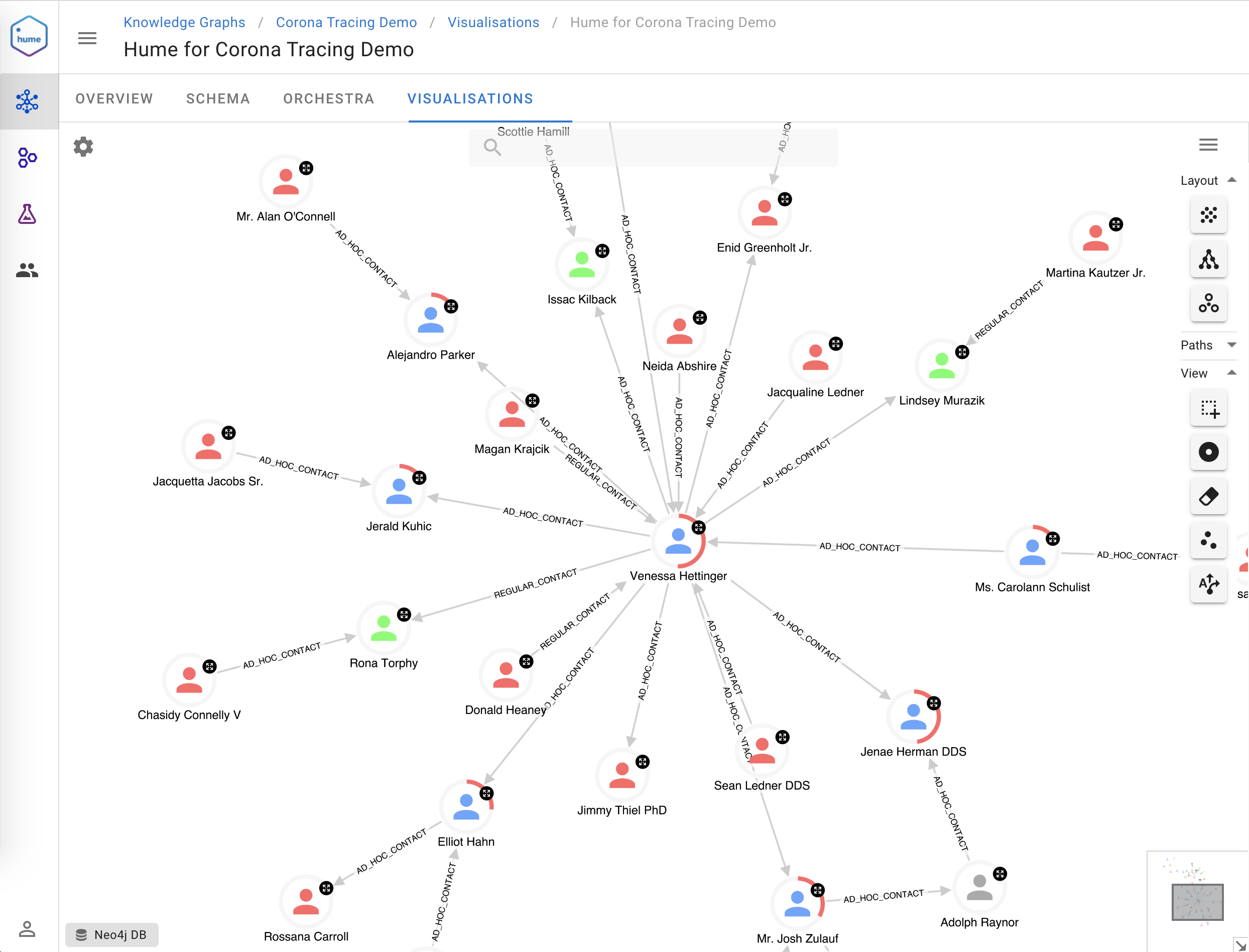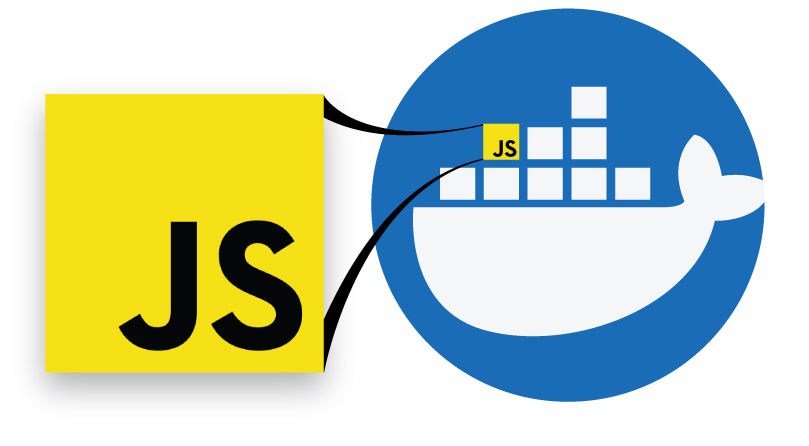Graphs are a perfect fit for IT Operations. Right from dependency management to impact analysis and capacity to outage planning, the interconnectedness of the components that make up networks and services, modelled naturally as a graph enable various teams such as support, help desk and devops to navigate potentially complex relationships.
The GraphAware team is excited to release the neo4j-sso third-party security extension, compatible with Neo4j Enterprise, version 4.0 and above.
GraphAware is proud to announce the release of Hume 2.6. This new release brings some major updates and exciting new features to our customers. In particular:
Few years ago I met Michal Bachman and some other GraphAware heroes at GraphConnect in San Francisco. In those days I also had my job interview for the company. Surprisingly, for the first time since I started my journey in IT, I didn’t find myself explaining how I could be useful despite not having a strong background in engineering and software development. On the contrary, Michal was interested in all the things I could do because of my non-traditional curriculum, with a PhD in Cultural Anthropology, some experience in JavaScript graph visualisation, and a genuine passion for networks and graphs....
If you have read our post Hume in Space: Monitoring Satellite Technology Markets with a ML-powered Knowledge Graph, you surely wonder: is there a way to extract relations among named entities without heavy investment? Investment in terms of time to label training dataset and to develop, train and deploy a machine learning model?
GraphTour Europe 2020 started in Amsterdam on February 4, right after the release of Neo4j 4.0, a key milestone in the graph technology landscape. At GraphAware we are very excited about the new features included in this release because they revolutionize the way we approach some common graph challenges. Our CEO, Michal Bachman spoke about this in Amsterdam in his talk “Practical Applications of Neo4j 4.0”, and he and other GraphAware experts continue to present in each of the six cities where we sponsor GraphTour. Find out what’s the next virtual event and register for free.
Neo4j has implemented very useful algorithms in order to derive insights from your graph data.
Everyone has a passion for something. Be it music, politics, sports, coffee or … pancakes. Such passion makes you strive for new information, for understanding of the current trends. Take pancakes: you might watch for new recipes on your favourite website, you might look at cooking shows or youtube videos to get more inspiration about how to serve them … but overall, you can probably handle this pretty well. It’s not like there is much room for revolutionising the pancake recipe.
GraphAware Hume helps governments in keeping their countries safe. In this 15-minute video, we demonstrate the use of Hume for contact tracing and smart quarantine in the context of the current coronavirus pandemic. Specifically, we will see how Hume can identify people at risk using actual and potential contact tracing, suggest who should be informed or quarantined, visually explain why someone is at risk, find quarantine offenders, and much more.
So, you’ve built an amazing application with your favorite framework such as Vue.js or React.js and now it’s time to build a Docker image and ship it.
